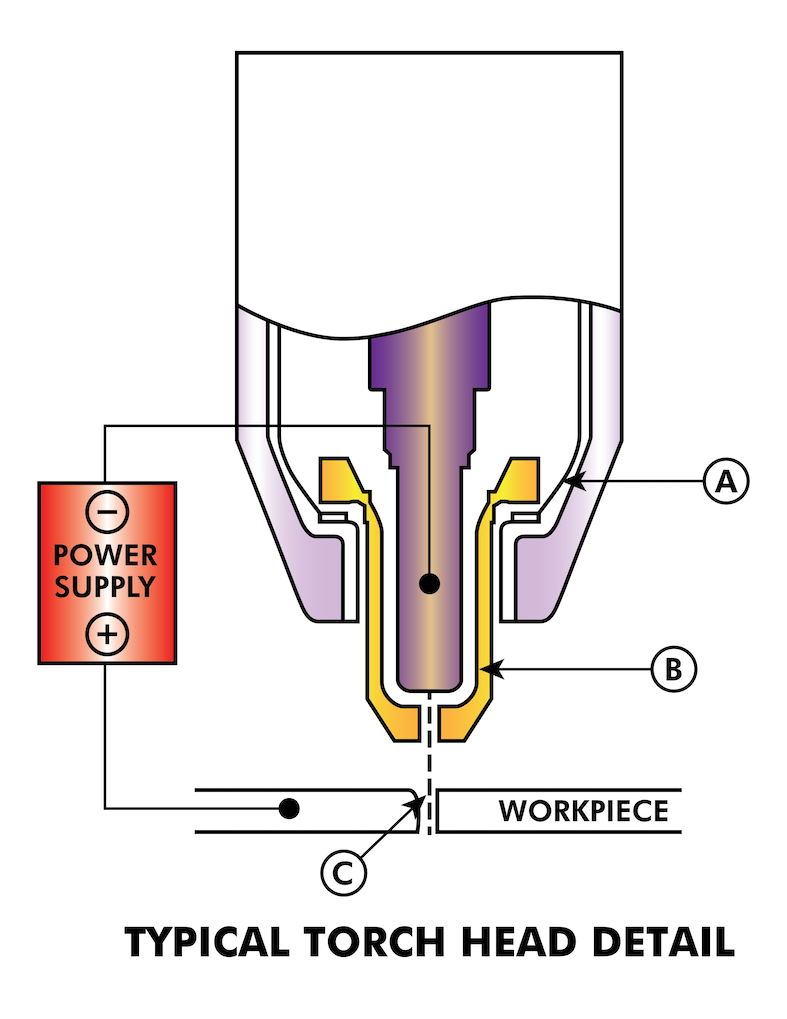
Composite plates are usually produced on an aluminum or steel base, and galvanic methods are used to coat the entire surface with copper film having a thickness to 10 μ or with chromium film with a thickness of 1–3 μ. Composite plates are used for long-run printing in high-speed presses owing to the high hydrophily and wear resistance of the nonimage areas. Composite plates consist of two metals, one of which is extremely ink receptive and forms the printing areas (such as copper), while the other is naturally water receptive and forms the nonprinting areas (nickel, chromium, or stainless steel). Aluminum plates are subjected to a complex electrochemical preparation in automated lines to increase their adsorption capacity and wear resistance. The printing and nonprinting areas on the surface of the plates are produced by light-generating films, which differ in terms of molecular surface properties and which are receptive to either water or ink. Their surface is grained to obtain a uniformly mat surface. The plates are aluminum or zinc sheets that vary in thickness from 0.35 to 0.8 mm. Offset involves photomechanical and electronic processes during platemaking, as well as mechanized and automated processes during the preparation of the plates and printing. In turn, productivity is higher, as is the quality of reproduction. This lessens significantly the amount of pressure required during printing and, thereby, increases the wear resistance of the plate. Thus, a double transfer of the image occurs without the paper ever coming into direct contact with the plate.

The plate then makes contact with the surface of a rubber blanket, which in turn is brought into contact with paper to produce a print. During printing, the plate is alternately coated with an aqueous solution and roller-coated with ink. The term “offset” usually designates those printing processes that use planographic plates and that are based on the coating of the image, or printing, areas with ink and the non-image, or nonprinting, areas with an aqueous solution that is not ink receptive. Offset was first used in the United States, where the first offset press was built in 1905. The image is then transferred from the blanket to paper or some other printing material. (offset lithography), a method of printing in which the ink impression is transferred from the printing plate to an intermediate rubber-coated surface, or blanket.


 0 kommentar(er)
0 kommentar(er)
